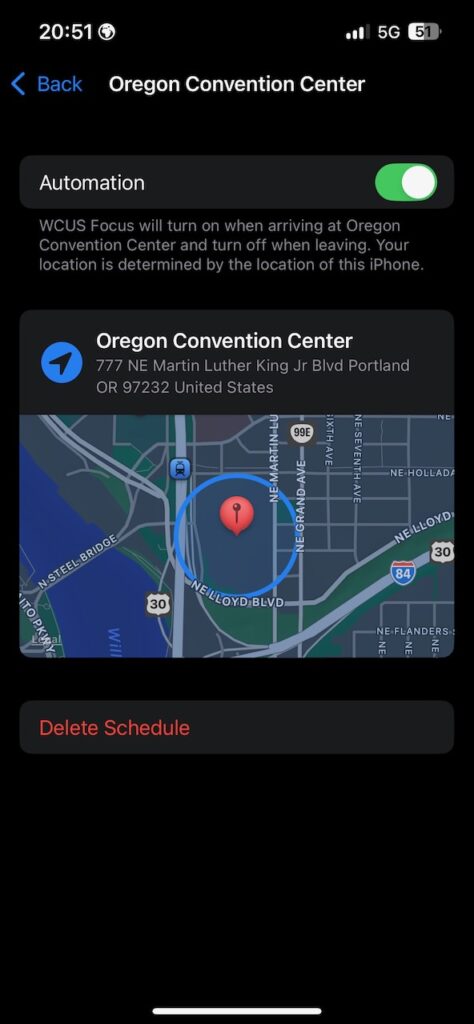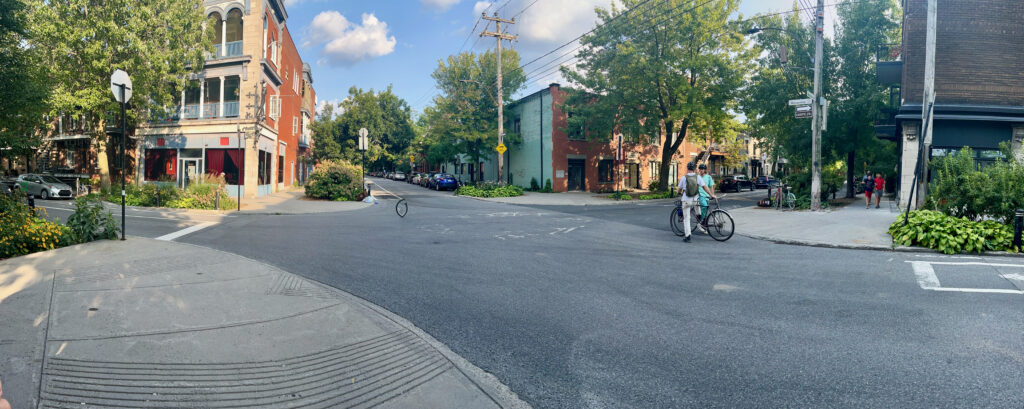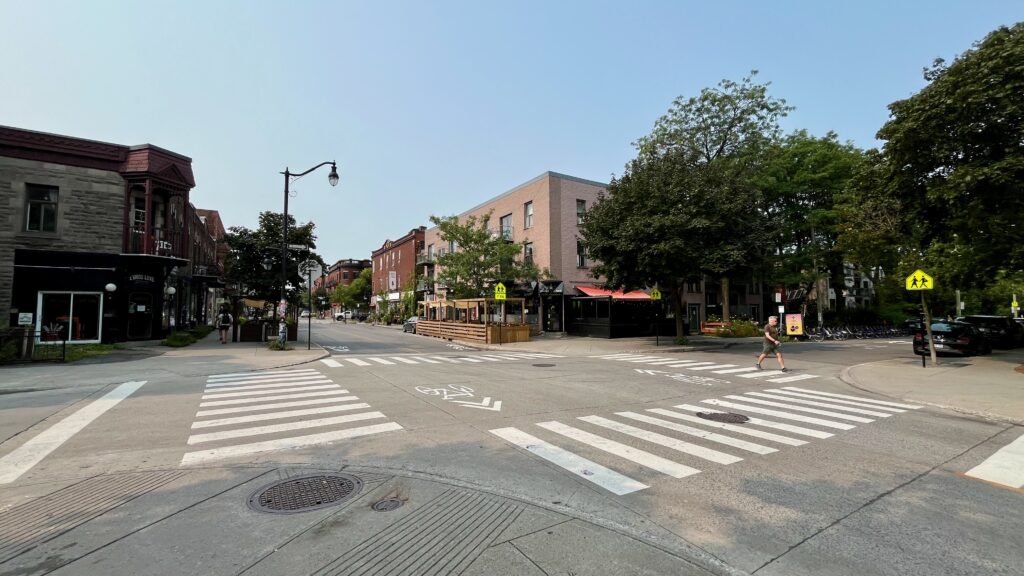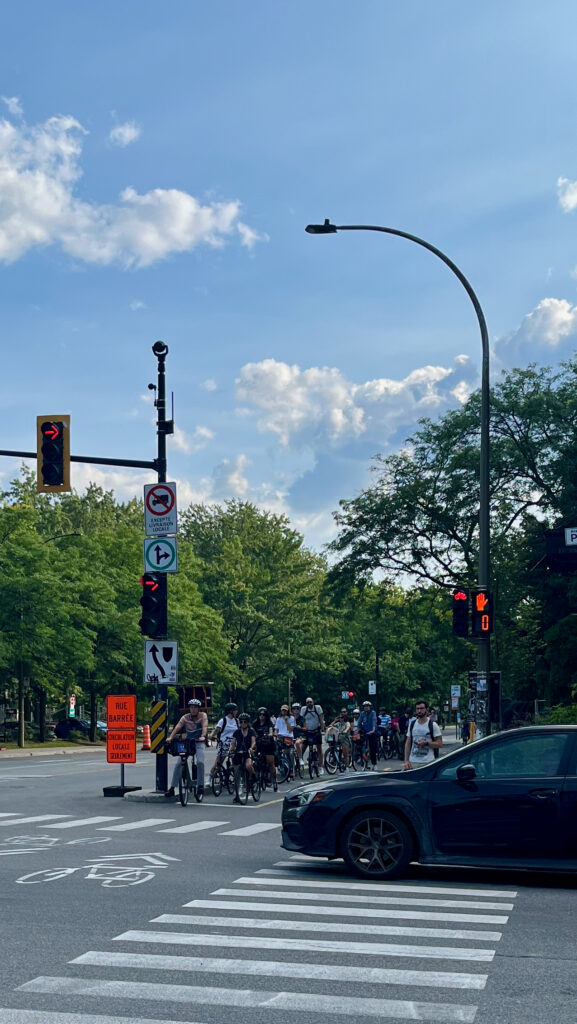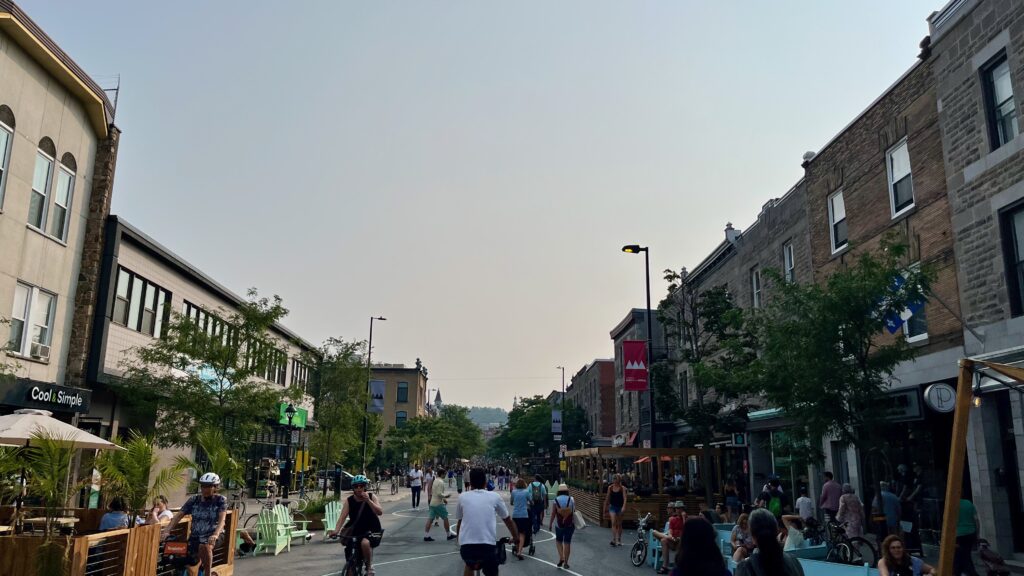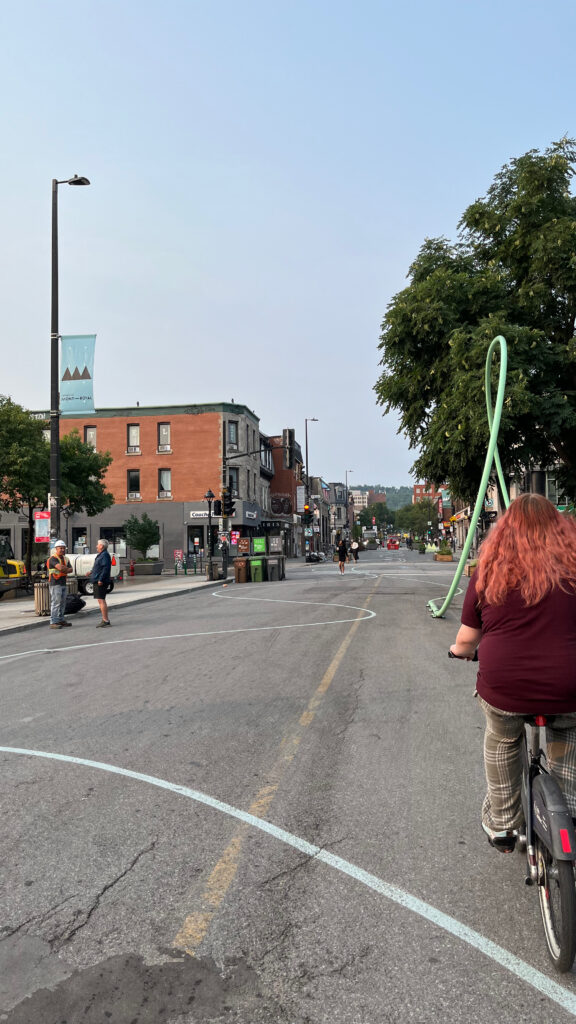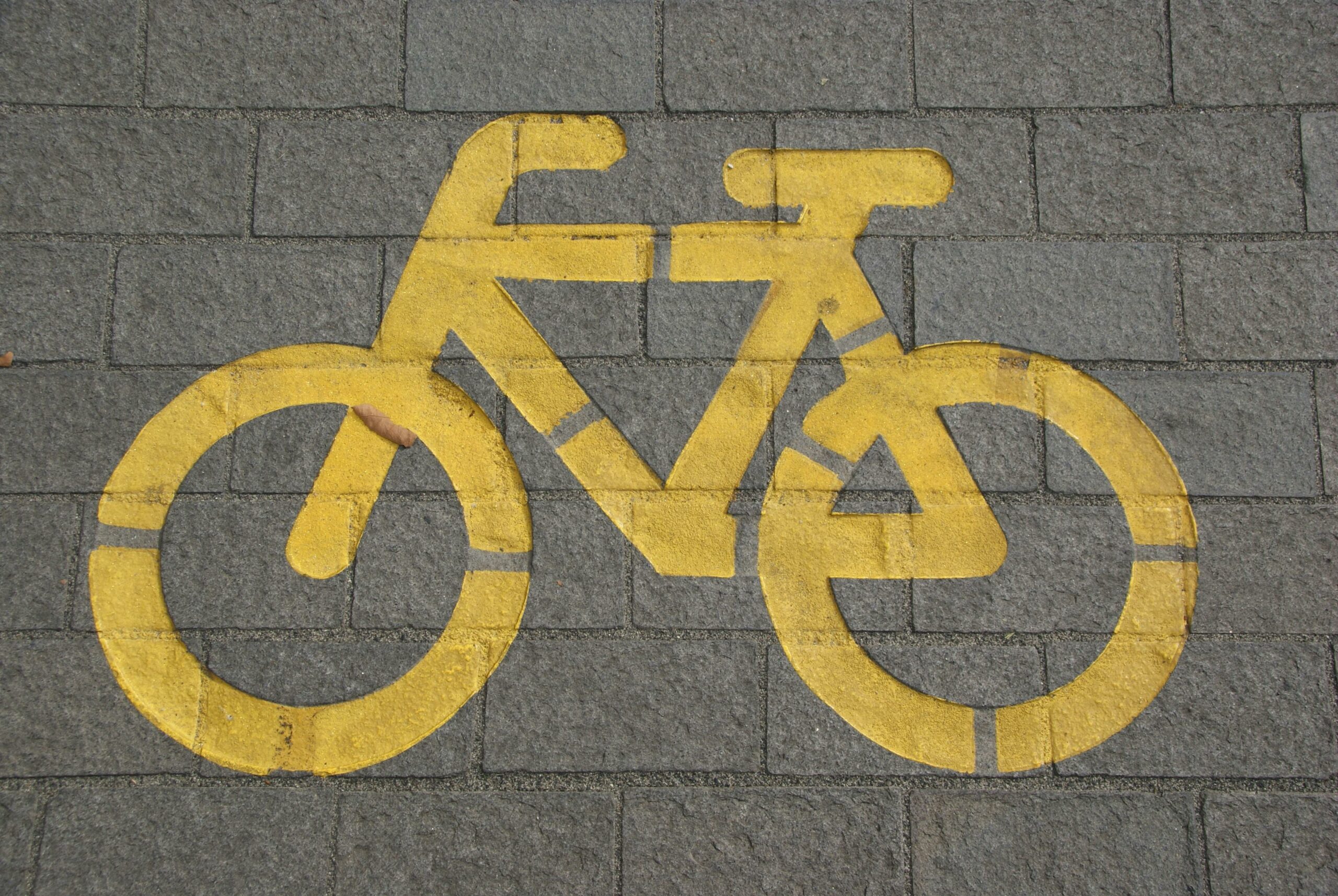iOS Focus Modes are a game-changer! A couple of years ago I wrote a post about how I used them to totally change my relationship to my phone.
This summer, I’ve taken things up a notch—tweaking my Travel Focus and even creating a Québec Focus for our recent family trip.
If you’re curious about the ins and outs of Focus Modes, check out that earlier post. In this one, I’m diving straight into how I’ve set up my WordCamp US Focus Mode.
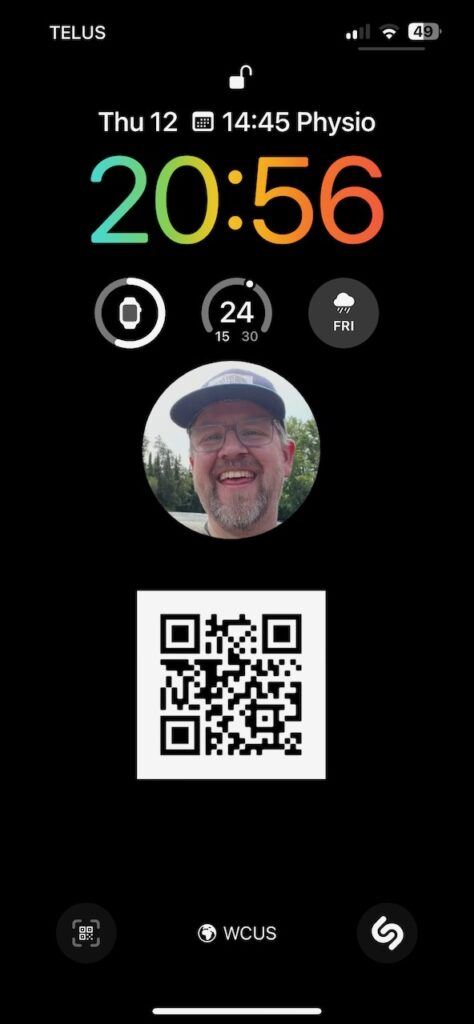
Lock Screen
The background. I’ve combined a couple of ideas I’ve seen bandied about for a quick and easy digital introduction.
- My current profile pic.
During a recent Laracon, I noticed some attendees posting about how it can sometimes be hard to recognize people IRL and so it can be helpful to instead show a profile pic. I relate to this as well. - A QR code.
It links to ohryan.ca/hi, which contains a brief intro and all my social links. I bumped into someone at WCUS who did this and thought it was absolutely brilliant (sorry, I can’t remember who). - Bonus.
The real lack of pizzazz quickly demonstrates that I am truly a developer and you probably shouldn’t trust my thoughts on design.
Widgets.
- Batteries.
I feel like I’m constantly running low on charge if I’m away from my desk for more than a few hours. - Current temp.
In Celsius. - Rain forecast.
Will it be raining when I go outside?
Shortcuts.
- QR Scanner.
So I can scan your lock screen. Or menus, posters, and whatnot. - Shazam.
I always like to know what’s playing.
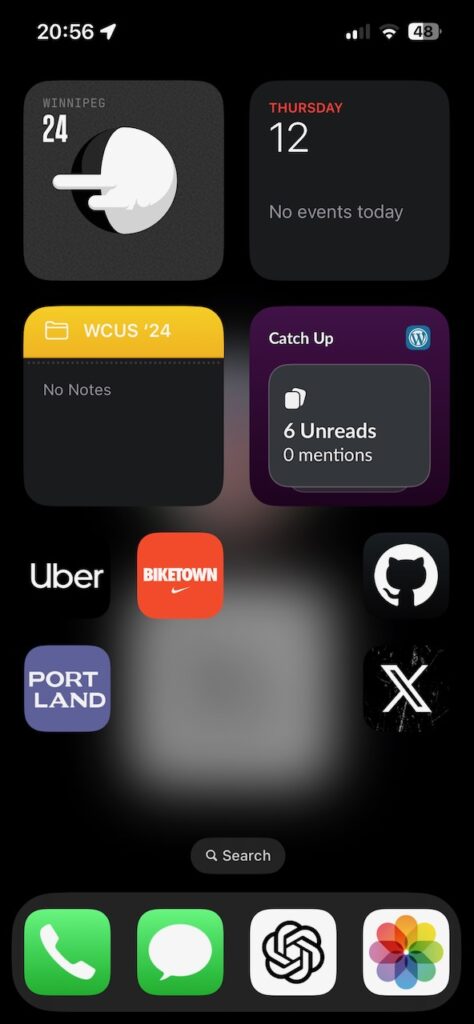
Home Screen
Widgets
- (Not Boring) Weather. This is my favourite weather app right now, I really like its style.
- Calendar. With only WCUS ’24 calendar selected. I’m going to populate it with the sessions and after parties I intend on attending.
- Notes/Folder. Set to a WCUS ’24 folder, empty for now.
- Slack/Catch up. Set to the Making WordPress slack. I really find this to be a super efficient way to catch up on what’s happening in a given slack.
Apps
- Uber, Github, X. Self-explanatory.
- Biketown.
This is Portland’s bike share app. Bike shares are one of my favourite things in the world. We had some fun times on bikes at WCUS DC last year. - The Official Portland app. /shrug
The Settings
I haven’t bothered setting any notification preferences. I generally don’t find them too distracting during conferences. Additionally, I wouldn’t want miss a ping from a fellow attendee. And also, with the 2 hour time difference, I’ll be a little out of sync with my normal contacts and so I don’t expect many interruptions during sessions.
However, I did create a automation to trigger around the convention center! This way, the focus mode will automatically be enabled when I arrive.
